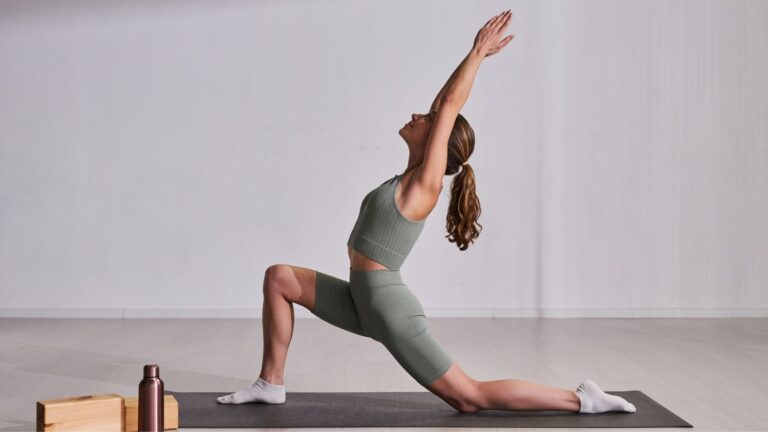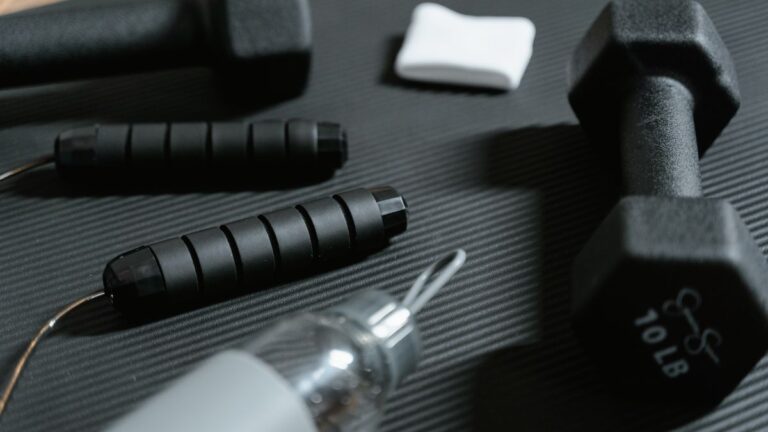Best Time For Ice Baths – Morning, Evening, Or Post-Workout?

Last Updated on September 30, 2025
When is the best time for ice baths—morning, after training, or right before bed? The timing can change everything. I’ve worked with many people using cold therapy to ease sore muscles, regulate stress, and create mindful rituals.
The truth is, ice baths can help, but only if they fit your body’s rhythm. An early plunge may sharpen mental clarity. A post-workout dip might calm sore muscles. Evening sessions can restore balance before sleep.
In wellness and recovery, timing is as important as temperature or duration. If you’ve wondered whether a best time for ice bath exists for boosting your health, this guide offers clarity.
Let’s explore how to align cold therapy with your lifestyle, so every session feels intentional, not random.
Why Timing Matters In Ice Bath Therapy
Every wellness practice works best when it’s done with awareness, and cold immersion is no exception. The body reacts differently to cold water depending on the time of day and your overall state. That’s why timing is key.
Is an ice bath in the morning the same as one at night? Not at all. Morning dips stimulate alertness and energy, while evening sessions calm nerves and support rest. And if your goal is recovery, aligning ice baths after training can speed up healing.
This isn’t about rigid rules but understanding how cold exposure interacts with biology. Whether you want energy, muscle recovery, or relaxation, the right moment can enhance the benefits. Let’s break down the different windows of time and what each offers.
Morning Ice Baths – Energize Your Day

A morning routine sets the tone for everything that follows, and cold therapy can supercharge that effect. Many people choose early ice baths because of how invigorating they feel.
Boost Alertness and Mental Clarity
Why do mornings pair so well with ice baths? Cold water stimulates the nervous system, sparking a release of dopamine and norepinephrine. These neurotransmitters elevate focus, mood, and energy.
If you’ve ever felt sluggish on waking, a morning plunge can replace the need for endless cups of coffee. The icy shock signals your body to “wake up” fully. That’s why many athletes, entrepreneurs, and mindful practitioners swear by it.
It’s not about punishment—it’s about creating a clean, energized slate for the day.
Support Consistency and Routine
Rituals anchor wellness practices, and mornings often provide the most reliable window. By starting the day with an ice bath, you’re more likely to stay consistent.
Evening routines can be disrupted by social plans or fatigue, but mornings are quieter, steadier. A cold dip at sunrise sets a mindful rhythm, signaling that self-care matters before the day’s demands take over.
Benefits of morning ice baths:
- Sharper focus throughout the day
- Elevated mood and energy levels
- Reliable consistency in your wellness practice
Read Also: Benefits Of Ice Baths For Weight Loss
Post-Workout Ice Baths – Muscle Recovery

After exercise, muscles crave repair. That’s where an ice bath can step in as one of the most trusted recovery tools. But timing is everything.
Reduce Muscle Soreness and Inflammation
Training creates microscopic tears in your muscles, leading to soreness and swelling. Cold immersion slows blood flow, easing inflammation and reducing that heavy, achy feeling.
Research has shown that athletes who take ice baths within hours of intense workouts experience less delayed onset muscle soreness (DOMS).
For runners, cyclists, or endurance athletes, this quick cool-down can mean walking comfortably the next day instead of limping. Does it erase all discomfort? No, but it makes recovery smoother and helps you bounce back for the next session.
When Post-Workout Ice Baths Work Best
So, when’s the ideal window? Most experts recommend slipping into cold water within one to two hours after finishing high-intensity activity. That’s when inflammation peaks.
But there’s a catch: if your goal is building raw strength and muscle size, diving in too soon might blunt growth signals. That doesn’t mean you should avoid ice baths—just delay them by a few hours after lifting.
For endurance training, though, immediate use works beautifully. The real trick is aligning the bath with your workout type and fitness goals.
Read Also: Ice Bath Before Or After Workout
Evening Ice Baths – Stress Relief & Sleep Support

Evenings are when the nervous system often begs for calm. If stress follows you home, cold therapy can be a surprising ally.
Calm the Nervous System
Ice baths don’t just jolt you awake—they also help you wind down, depending on timing. After the initial shock, your body naturally rebounds by activating the parasympathetic nervous system, which brings relaxation.
For many, an evening ice bath feels like hitting a reset button after a demanding day. It’s not about pushing through discomfort but leaning into stillness afterward. Pairing cold immersion with warm clothes or tea afterward can deepen the sense of calm.
What this really means is that ice baths aren’t just physical recovery—they’re emotional recovery too.
Enhance Sleep Quality
Sleep thrives on rhythm, and temperature plays a big role. A brief cold plunge in the evening helps lower core body temperature, aligning with the body’s natural sleep cycles.
Some people report falling asleep faster and waking more refreshed after adding ice baths to their nighttime routine.
Think of it like a modern version of a hot bath—except the cold shock prepares your system to rebound into warmth and deep rest. It’s a mindful way to signal the body: the day is over, it’s safe to restore.
Choosing The Best Time For Ice Baths
Every body is different, and so is every routine. That’s why the best time for ice baths is less about rigid rules and more about self-awareness.
Do you feel sluggish in the mornings? Then a cold plunge might help spark energy and focus. Do you train hard in the afternoon? A post-workout dip could shorten recovery.
Or maybe evenings are when stress piles on—an ice bath there can melt away tension and prepare you for sleep.
Personalization is the real secret. Instead of copying someone else’s timing, track how your body reacts. Keep a short journal—note your energy levels, soreness, or sleep after each bath.
Over time, patterns will emerge, and you’ll know exactly when cold immersion feels best for your wellness and recovery goals.
How Long And How Often Should You Take Ice Baths?
Cold therapy can be powerful, but moderation matters. Duration and frequency play a huge role in safety and benefits.
Duration Guidelines
The sweet spot for most people is between five and ten minutes at a water temperature of 50–59°F (10–15°C).
Beginners may start with shorter exposures, two to three minutes, before working upward. Going longer doesn’t always mean better results; in fact, pushing too far risks discomfort or hypothermia.
The aim is sustainable practice, not testing your limits. Think of the ice bath as a reset, not a competition.
Read Also: How Long Should You Be In An Ice Bath?
Frequency Recommendations
How often should you dip in? For many, two to four times per week feels balanced. Athletes in heavy training cycles may increase frequency, while those using ice baths for stress relief might keep it lighter.
There’s no universal formula—listen to your body’s feedback. If energy rebounds and soreness eases, you’re on the right track. If you feel drained or restless afterward, scale back. Cold therapy works best when it supports life, not disrupts it.
Read my detailed article on how many ice baths a week should you take for recovery.
Final Thoughts – Finding Your Ideal Ice Bath Timing
The best time for ice baths isn’t a single answer—it’s the time that matches your needs. For some, a morning dip sharpens focus and energy. For others, post-training recovery takes priority. And for many, evening immersion is about releasing stress before rest.
Each moment carries unique benefits, and your body will tell you what feels most supportive. In wellness and recovery, there’s freedom in choice. Let cold therapy become more than just a practice—it can be a ritual that restores balance in your body, your mind, and your daily rhythm.
Sources
- Kylie Louise Sellwood, et al. (2007). Ice-water immersion and delayed-onset muscle soreness: a randomised controlled trial






